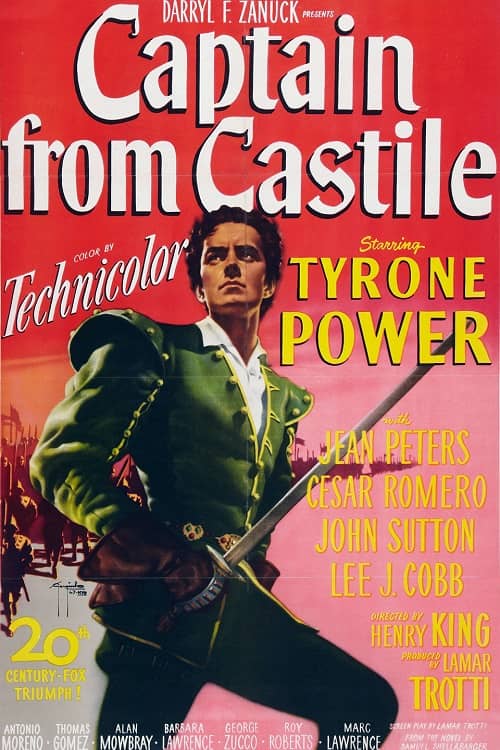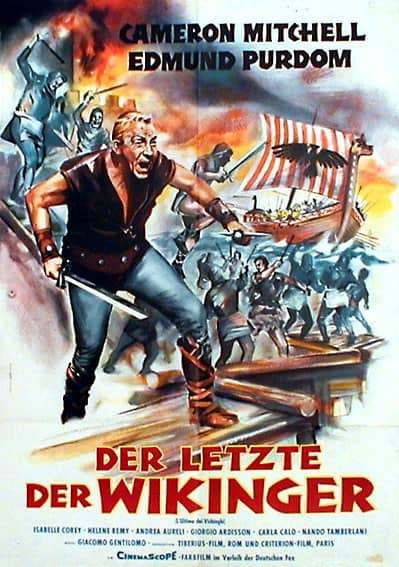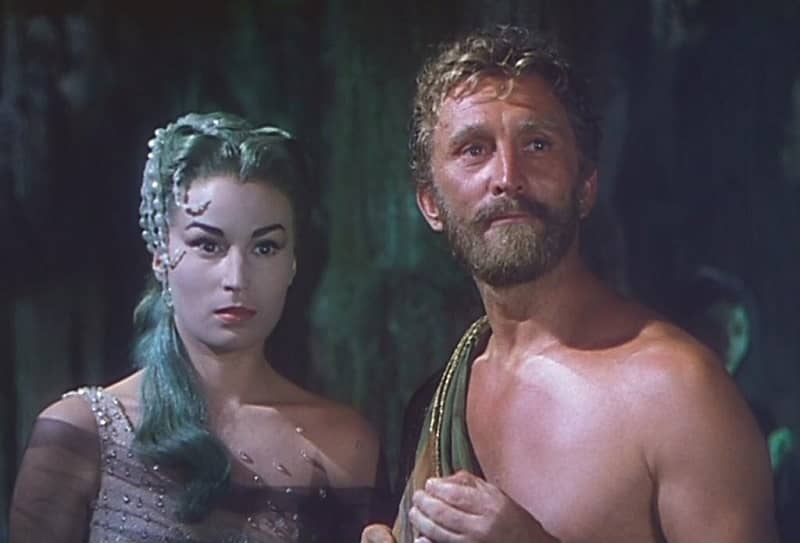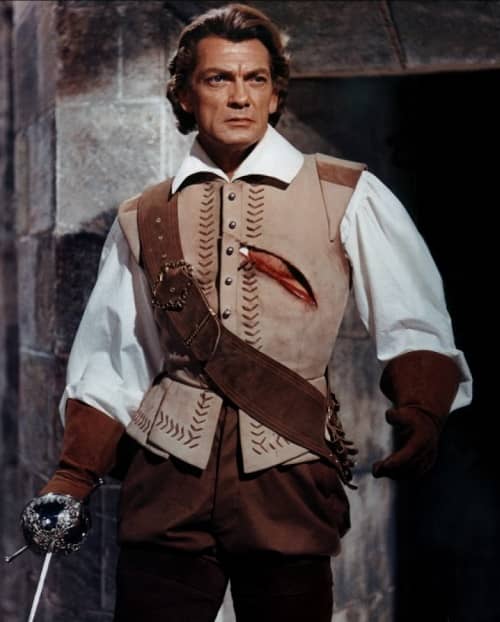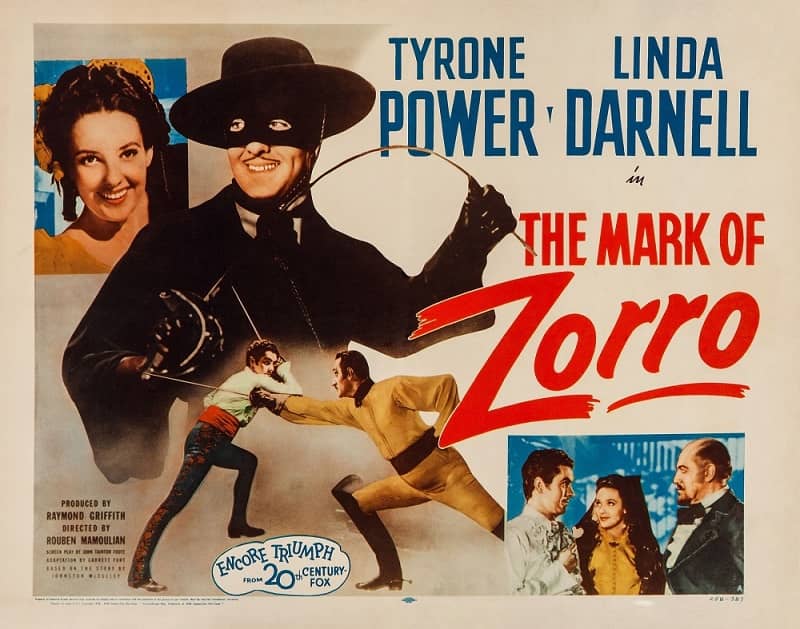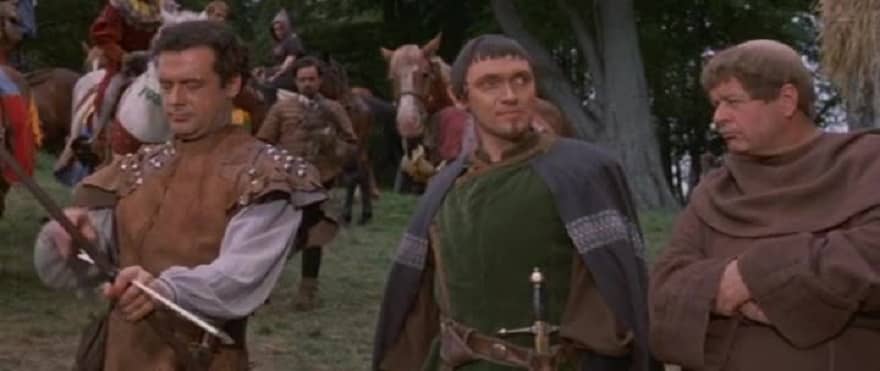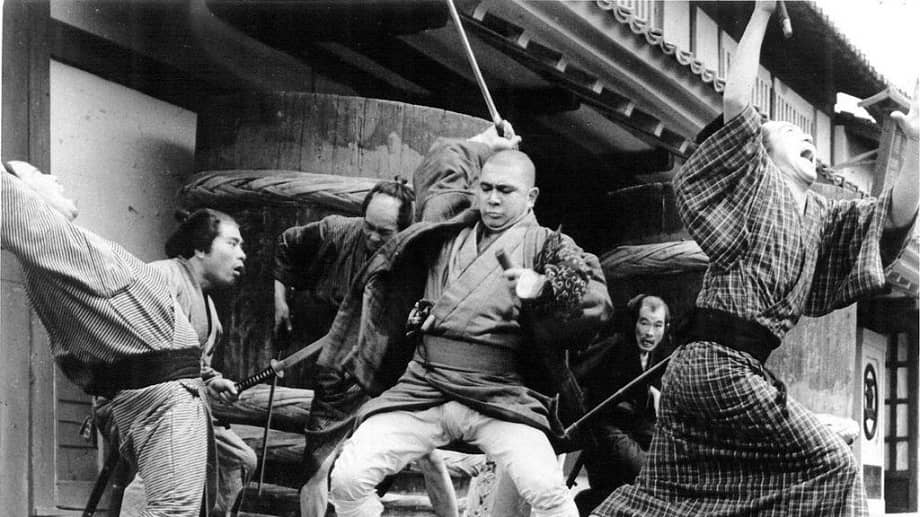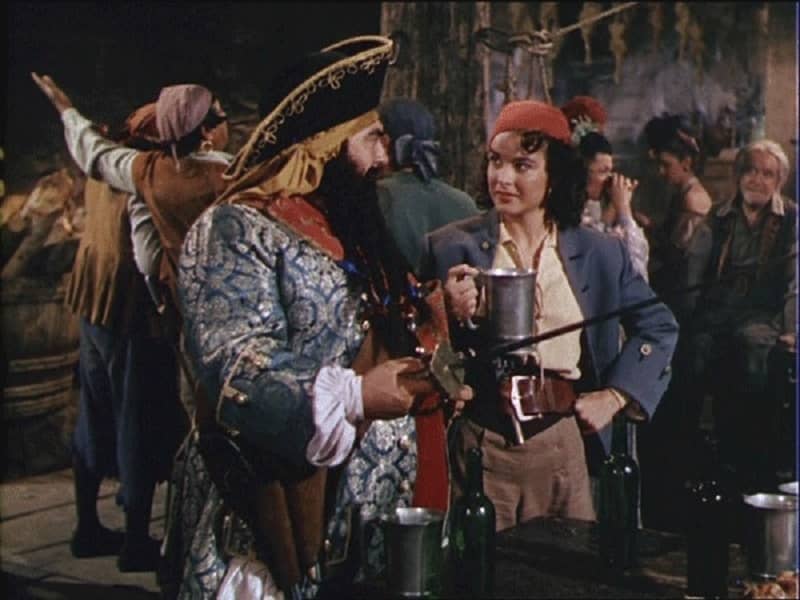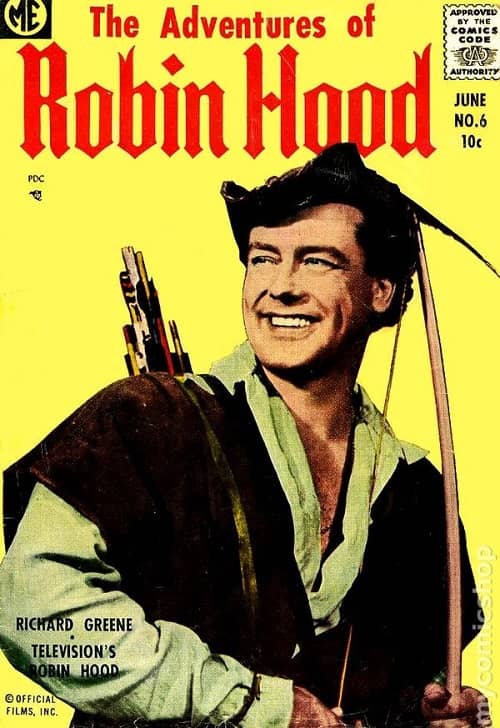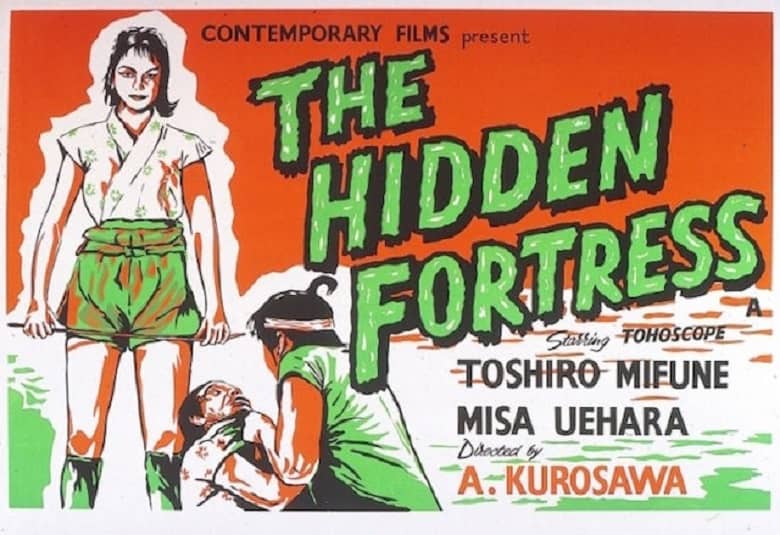Ellsworth’s Cinema of Swords: Tyrone’s Typecast Troubles
Captain From Castile
In the Thirties, young Tyrone Power made an impression as a leading man in various cinematic genres, so Twentieth Century Fox gave him a contract. Power really wanted to play serious dramatic roles, but after his runaway success with The Mark of Zorro (1940) and The Black Swan (1942), the latter directed by Henry King, Fox decided Power was their Errol Flynn and slated him for more swashbucklers, which wasn’t what Power had in mind.
But then World War II got in the way, like it did for a lot of people; when Power returned from his tour as a decorated pilot for the Marines, he found that Fox hadn’t changed their plans for him, and he was cast in Captain from Castile, with Henry King once again directing. Power kept pushing for other roles, getting in a taut film noir and a couple of comedy parts, but Fox continued putting a sword into his hand for a couple more years before Power sheathed that sword for good. Fortunately, we got the classic Prince of Foxes before he did.
Captain from Castile
Rating: ***
Origin: USA, 1947
Director: Henry King
Source: 20th Century Fox Classics DVD
This is a magnificent failure, a classic case of Hollywood buying a novel for its strengths and then lacking the guts to put those strengths on the screen. And it’s a damn shame, because it could have been great. Samuel Shellabarger’s best-selling 1945 novel tells the story of a naïve young Spanish nobleman who runs afoul of the Inquisition; to escape persecution and certain death, he joins Hernán Cortez’s expedition to Mexico, becoming one of the conquistador’s trusted officers.
